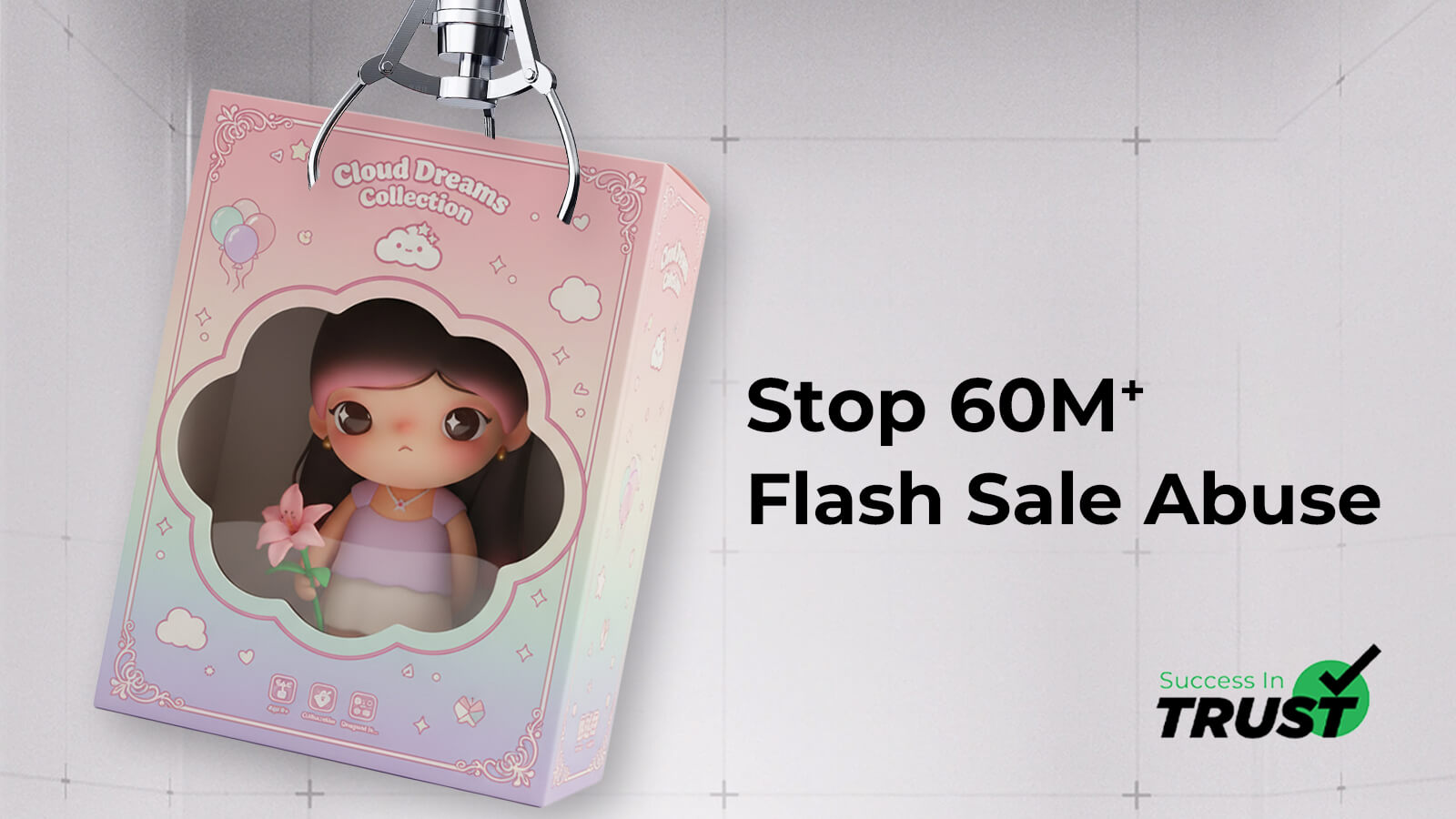We do not offer, support, or condone any illicit services mentioned in this glossary. We also do not sell any data to illegal entities. These terms are provided solely for educational and awareness purposes to help businesses understand and prevent fraud.
What is Triangulation Fraud?
Triangulation fraud is an e-commerce scam that involves three parties: the fraudster, the victim (cardholder), and an unsuspecting buyer. The fraudster sets up an online storefront offering discounted goods to attract buyers. When a buyer places an order, the fraudster uses stolen payment credentials (e.g., credit card details) to purchase the item from a legitimate retailer and ships it directly to the buyer. The fraudster keeps the buyer’s payment while the cardholder and the retailer bear the consequences of the fraud.
This type of fraud is difficult to detect because the victim cardholder is unaware until fraudulent charges appear, and the buyer often believes they are engaging in a legitimate transaction.
How Does Triangulation Fraud Work?
Step-by-Step Process
Step 1- Fake Online Store Setup
- The fraudster creates an attractive online store (often on marketplaces or social media) offering popular products at low prices.
Step 2 - Order Placement
- A buyer places an order on the fraudster’s site and pays the fraudster directly.
Step 3- Stolen Payment Usage
- The fraudster uses stolen payment information to purchase the product from a legitimate retailer.
Step 5 - Order Fulfillment
- The legitimate retailer ships the item directly to the unsuspecting buyer, completing the transaction.
Step 6 - Profit Collection
- The fraudster pockets the payment from the buyer while the cardholder disputes the unauthorized transaction, leaving the retailer to deal with the chargeback.
Use Cases
Legitimate Scenarios (Prevention and Awareness)
- Fraud Detection Systems: Retailers use fraud detection tools to monitor unusual purchasing patterns, such as mismatched billing and shipping addresses.
- Customer Education: Educating buyers about the risks of purchasing from unverified online stores at unusually low prices.
- Authentication Processes: Verifying the validity of payment information before processing orders to prevent fraudsters from using stolen cards.
Fraudulent Use Cases
- Fake Stores on Marketplaces: Fraudsters set up fake storefronts on reputable marketplaces to appear legitimate.
- Social Media Scams: Fraudsters advertise heavily discounted goods through social media ads, luring unsuspecting buyers.
- Reselling Fraud: Fraudsters resell high-value goods obtained through triangulation fraud on other platforms or in black markets.
Impacts on Businesses
Financial Losses
- Chargeback Costs: Retailers face chargebacks when cardholders dispute unauthorized transactions, losing both the goods and the payment.
- Operational Costs: Resources are spent investigating fraudulent orders and implementing anti-fraud measures.
Reputational Damage
- Buyer Distrust: Unaware buyers receiving items from retailers through fraudulent means may lose trust in the retailer if the fraud is uncovered.
- Brand Misuse: Fraudsters often impersonate legitimate retailers or brands, damaging their reputation.
Operational Challenges
- Increased Scrutiny: Retailers must review suspicious transactions, such as those with mismatched billing and shipping information.
- Customer Support Strain: Businesses must handle inquiries and disputes from both cardholders and unsuspecting buyers caught in the fraud.
Consumer Harm
- Cardholder Losses: Victim cardholders face unauthorized charges and must dispute transactions to recover their funds.
- Buyer Losses: Buyers may unknowingly participate in fraud, risking their payments if the scam is uncovered.
Prevention Tips for Businesses
- Implement advanced fraud detection systems to monitor anomalies in billing and shipping details.
- Educate customers about identifying fake online stores.
- Require multi-factor authentication for transactions to ensure legitimate use of payment methods.
- Collaborate with payment processors to detect and prevent stolen card usage.













